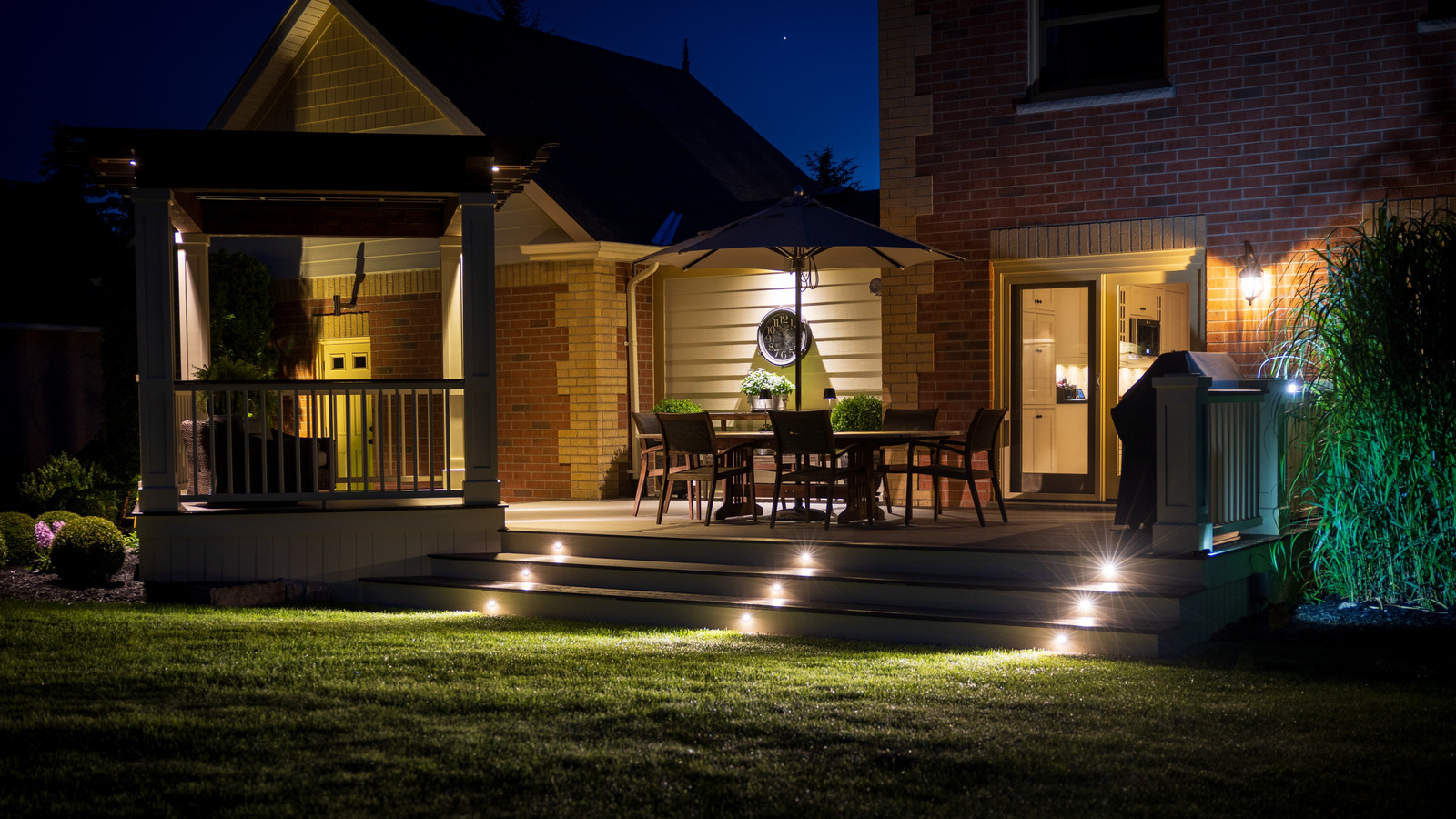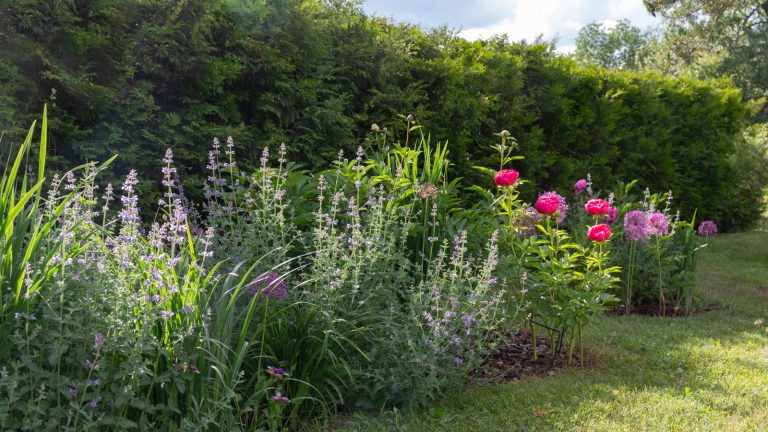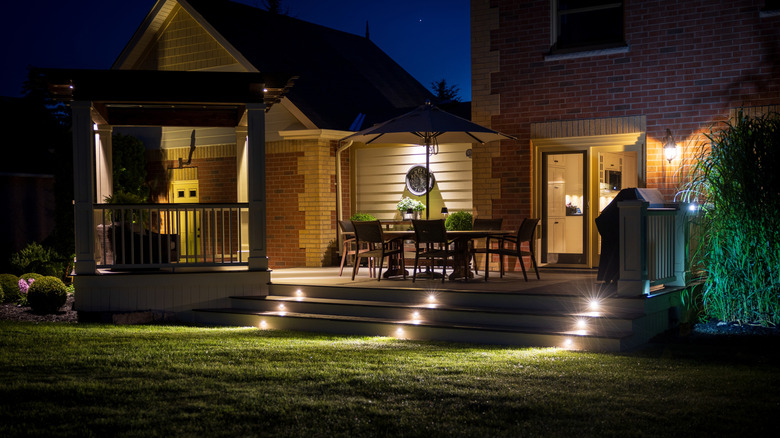
Enhancing your outdoor area with lights can set the mood, outline pathways, and serve as a security measure, but you should reconsider adding more lighting to your garden. In fact, it might be wise to reevaluate the lighting you currently have. Although it seems harmless, excessive outdoor lighting at night can negatively affect birds, beneficial insects, and even your plants. These creatures rely on light for navigation and timing of daily or seasonal activities.
Studies indicate that over a billion birds die annually in the United States by colliding with buildings, often due to disorientation caused by the lights on or near these structures. If you’ve noticed moths and other insects swarming around lamps, roughly one-third of them are likely to perish before dawn, either by being consumed or by exhausting themselves. While these are some of the more visible effects of artificial light at night, it also leads to numerous other subtle but equally damaging issues, which you’ll learn about below.
Though it might be surprising that something as simple as outdoor lighting can have such dire consequences for nearly every living thing in your garden, the positive news is that it’s a straightforward problem to remedy. To start, turn off any existing outdoor lighting and make sure to close your window curtains at night to contain indoor light. Then, follow the tips below to redesign your lighting in a way that minimizes harm while still allowing you to enjoy the ambiance and security that light can offer.
Why outdoor lighting is so harmful to plants and animals
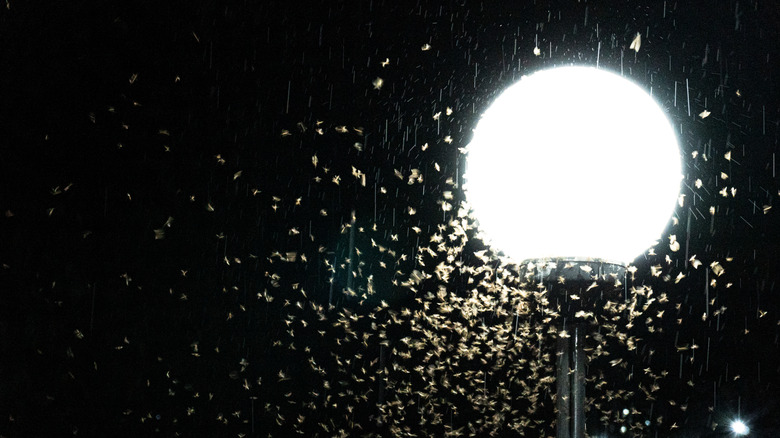
Plants use variations in the length, intensity, and spectrum of light to regulate processes like seed germination, flower and leaf production, dormancy, and awakening from dormancy. They even detect the direction of light to orient themselves and grow towards the sky. When spotlights or other devices illuminate your plants at night, they can become confused about the sky’s location, disrupting the timing of critical processes. For instance, deciduous trees might leaf out too early in spring or shed leaves too late, making them susceptible to frost damage in winter.
Meanwhile, pollinators attracted to light, such as moths, spend more time around streetlamps and less time visiting flowers, which can directly result in reduced fruit yields in your edible garden. It also confuses other insects that typically rely on darkness as a signal to find shelter and rest, leaving them out longer and more vulnerable to predators when artificial lights illuminate your flowers and foliage.
Additionally, birds migrating at night generally navigate using starlight, the Earth’s magnetic field, and terrestrial landmarks. The sky glow from artificial lighting and light reflecting off windows disorients them, contributing to the high mortality rate each year. Other animals, including bats, frogs, and turtles, have also experienced disruptions in their natural routines due to artificial lights.
Tips for ecosystem-friendly outdoor lighting
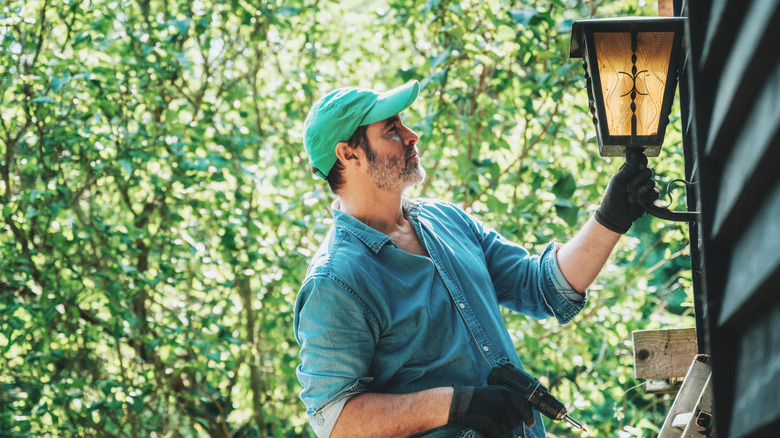
The significant harm caused by artificial light at night doesn’t mean you have to embrace complete darkness. With some modifications to your lighting design and habits, you can make a substantial positive impact on the plants, insects, and animals sharing your garden. The most impactful change is to avoid leaving outdoor lights on all night. Also, regularly close your curtains at night to prevent indoor light from attracting birds to your windows.
If you have security lights, consider replacing them with motion sensor fixtures that activate only when someone passes by. For outdoor walkway lighting, opt for a series of short, solar-powered lamps with covers that direct light downward towards the ground. For porch or deck lighting, ensure fixtures are shielded on the top and sides, directing light only to the area you’re using, and remember to turn these lights off when you head indoors.
For each fixture outdoors, whether for security or deck purposes, switch to red or amber lights instead of bright white ones, and choose the dimmest setting or bulb design that still meets your needs. Additionally, keep purely decorative lighting to a minimum, and where necessary, direct the fixtures downward and select warm-colored lights.
“`


